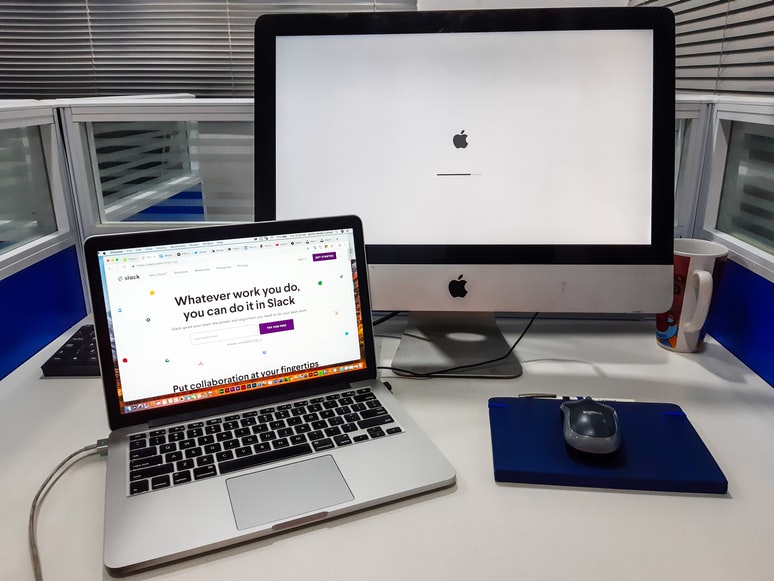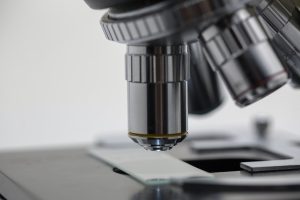
What Are the 7 Steps of the Research Process?
What are the 7 steps of the research process?
The 7 steps of the research process are: identify a research topic, brainstorm, conduct background research, formulate a hypothesis, design an experiment, collect data, and interpret data.
Scroll down to learn more.
7 Steps of Research Process
Identify a Research Topic
The first thing you need to do is to identify what you want to research. Without this, you won’t be able to gather any data for this research later on.
Brainstorm
Once you’ve identified your research topic, start brainstorming about the topic.
This is where you will ask yourself questions about your topic and the kind of answers that you want. So, you can find a good hypothesis for your research.
Conduct Background Research
Once you’ve identified your topic and have made some notes about it, it’s time to conduct background research on the topic.
This is where you will find out more information about your topic and gather more knowledge on it.
Formulate a Hypothesis
After conducting background research, it’s time to formulate a hypothesis.
A hypothesis is like a theory, but instead of being a set of guesses or predictions, it’s a statement that can be tested by gathering evidence.
The hypothesis should address the question that you have in mind upon first identifying your topic. It should be specific and testable. The formulation of this statement is the most important part of the 7 steps of the research process.
Design an Experiment
Now that you’ve formulated your hypothesis, it’s time to design an experiment for testing it out.
The experiment should include two groups: one group that will receive treatment and another group that will not receive treatment (or known as the control group).
The control group is essential because, without it, any results from the experiment are not accurate enough to reach a conclusion.
The purpose of this step is to determine if there really is any difference between the two groups through observation after conducting an experiment/test.
Collect Data
After designing an experiment, collect data based on how it was done in the previous step. Make sure that all data collected are reliable and accurate.
So, they can serve as a basis for some conclusions later on. Take note that some types of data may need to be analyzed first before being used in this step.
With this in mind, make sure you analyze them before collecting them.
Interpret Data
Once data has been collected, it is time to interpret them.
A lot of information may have been collected but only some of it is important for reaching the conclusion or answering the question posed in your hypothesis.
So, make sure that you analyze and interpret your data carefully.
Conclusion
Once data has been analyzed and interpreted, it’s time to reach a conclusion.
A conclusion can be made if you see a clear relationship between the groups you have in your experiment and the results that you got from your data.
You may need to conduct some experiments again before reaching a final conclusion.

